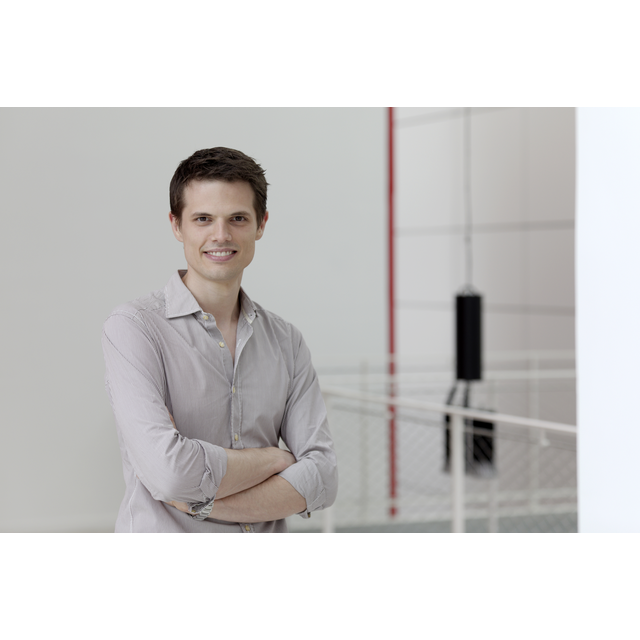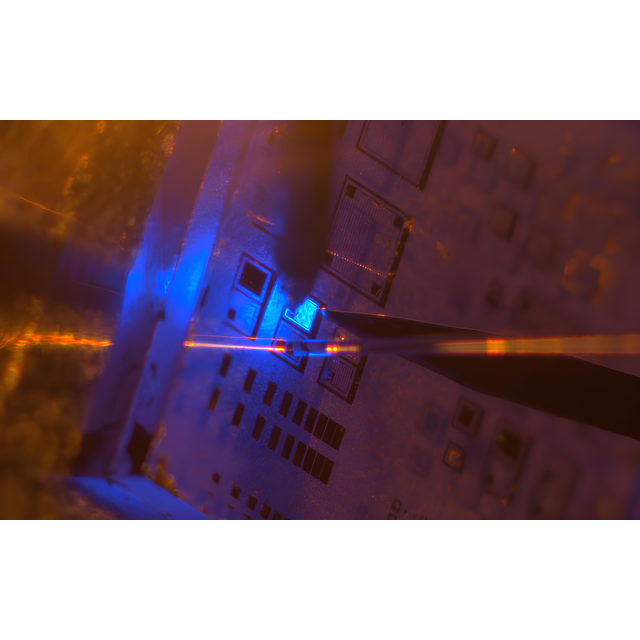Project summary
The use of laser beams is the key element of many next-generation technologies that are currently under development and that are receiving an exploding interest, such as high-speed optical communications between moving vehicles, sensing for autonomous car driving, or medical imaging. The widespread applicability of these technologies is however severely constraint by the systems that are necessary to generate, control, and detect laser beams and that today are realized with big and power hungry devices based on classical optical and mechanical elements (e.g., lenses, mirrors, and motors).
BEAMS (Multilayer photonic integration platform for free space optics) is a multidisciplinary project that aims at overcoming these limitations by exploiting silicon photonics. The original idea is to develop a new class of photonic integrated systems embedding all the necessary components for laser beam handling, i.e., optical antennas, control circuits, and flat optical elements, all kept under control by machine learning algorithms. These integrated and low-power chips will ultimately provide the sought after alternative to the existing bulk systems, enabling control of free-space propagating light through compact devices.
The generation, control, and reception of laser beams is crucial for many next-generation technologies. The project BEAMS aims at using multi-layer silicon photonics to develop integrated, low-power chips embedding all the necessary components for laser beam handling, providing an appealing alternative to bulk systems based on classical optical and mechanical devices
The technology required to realize the chips will be developed at C2N using the unique nanofabrication facilities and know-how available here. A dedicated test laboratory will be created at C2N to experimentally characterize and demonstrate the fabricated devices.
Professional background
Daniele Melati obtained his PhD at Politecnico di Milano (Italy) working on both modeling techniques for generic photonic integration technologies, with a particular emphasis on stochastic analysis to predict the effects of distributed waveguide roughness and fabrication imperfections, and on the development of large reconfigurable photonic circuits. During his PhD, he was also a visiting researcher in the Photonics Integration group at Eindhoven University of Technology.
He then joined the National Research Council Canada in 2017. Here, he had the possibility to focus his interest in advanced design tools pioneering the use of machine learning techniques for the development of complex photonic devices. He also began his work on integrated devices for free-space optics with the demonstration of top-performing silicon antennas and phased arrays.
In 2020 he finally joined Center for Nanoscience and Nanotechnology (C2N, CNRS/Université Paris-Saclay/Université Paris Cité) where he currently explores the potentialities of inverse design, optimization, and machine learning to efficiently develop devices based on metamaterials for the near- and mid-infrared. He launched a new line of research on optical metasurfaces and their integration with photonic devices to study their use for free-space optical beam generation, detection, and control, which is the subject of his ERC-StG project BEAMS.
Acknowledgements
A supportive environment is the foundation of a successful project, from its conception and all the way throughout its development, and in this C2N has been special place. Many talented people have been willing to help with their experience in the preparation of the proposal and the interview with the panel, first and foremost from the Minaphot group but also from many other teams across the different departments, platforms, and services.
A constant support also arrived from outside of C2N, with the large effort put in place by CNRS and Université Paris-Saclay in organizing ERC information sessions, one-to-one coaching, professional consulting, and many interview dry runs, as well as through an established network of trusted scientific collaborators around the world.
The impact of all these invaluable contributions is evident in the striking difference between the first and last versions of the proposal, of the presentation slide and speech, or in the number of possible questions I managed to collect during the preparation of the interview.
BEAMS is with no doubt the result of a collective effort and it would have hardly seen the light without all these people to whom goes my deepest thank you for their time and generosity.
Now that it is the time to start, I cannot help but thinking that the project has found its ideal home here at C2N, a place that uniquely combine top-of-the class facilities and know-how in the multidisciplinary galaxy of the “nanosciences” with an open and friendly culture of sharing and collaboration. I hope I’ll be able to give to all of this my little contribution in the coming years.
 Laurent Ardhuin for C2N
Laurent Ardhuin for C2N









